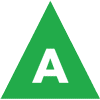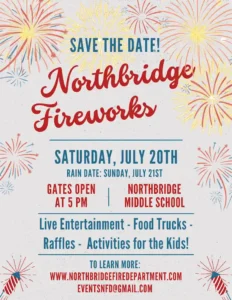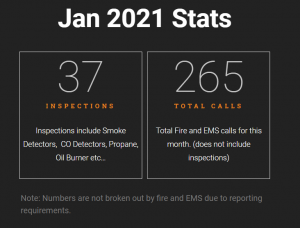
With proper training and education, fire extinguishers can save lives and property. Many adults might not know how or when to use fire extinguishers.
Contact the fire department if you would like fire extinguisher training or have any questions. Help spread the word by sharing the following information and tips for using and maintaining fire extinguishers.

Often found in homes and businesses

Often found in homes and businesses

Often found in homes and businesses

Often found in factories

Often found in commercial kitchens (restaurants, cafeterias, catering businesses)
There are also multipurpose fire extinguishers that might be labeled “B-C” or “A-B-C.” Most home improvement stores carry multipurpose fire extinguishers that cover Class A through Class C.
Fire extinguishers can be helpful on a small fire. Here is a checklist to help you prepare to use a fire extinguisher on a potential fire.
Items to Consider:
Use a fire extinguisher when all of these questions are answered “yes.” If you’re unsure about whether or not it’s safe to use a fire extinguisher, and for all other situations, alert others, leave the building, and call 911 from a mobile or neighbor’s phone. It is not recommended that children use fire extinguishers.
When operating a fire extinguisher, remember the word PASS:
Check fire extinguishers for:
** Information above is provided by the U. S. Fire Administration https://www.usfa.fema.gov **



2024 NORTHBRIDGE FIRE DEPARTMENT
SITE BY ITFIXED.COM